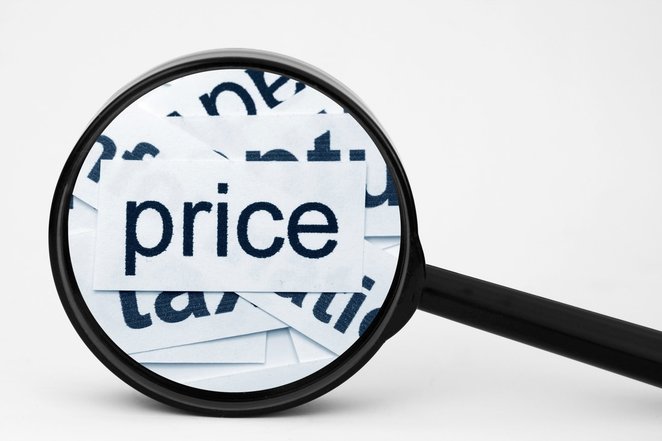1. Itemized Costs
Obviously, an estimate must have the overall cost, but consumers hate not being able to see that total price broken out. Avoid frustration by itemizing the costs on every quote you provide. This practice not only helps to justify the cost, but also reduces the likelihood that you’ll be asked to negotiate the price.
Whenever we provide a quote for digital marketing services we list out the components that will go into the overall service – content creation, online advertising, social media management, etc. That way the businesses that we deal with can determine which elements fit within their budget now and which will have to wait until later. Itemizing costs on estimates can help to substantially increase conversion rates.
2. Product/Service Details
If you’re going to be itemizing the costs anyways, take the time to give a detailed explanation of the products or services that you’ll be providing. This explanation helps to reinforce the value of each item that you’re quoting. It also provides talking points so that whoever is receiving the quote can speak intelligently with other decision-makers at their business or in their home.
3. An Expiration Date
Save your sanity by including an expiration date on the quotes that you provide. Otherwise, you’ll have outstanding quotes in potential customers’ hands hanging around forever, which can mess with your reporting. Remember, you can still choose to honor the quote after the date on it has passed, but setting an end date helps encourage people to purchase within a reasonable timeframe. Be sure to follow up with anyone that you’ve provided a quote to before it expires to answer any questions that they have and provide anything else that they need to feel comfortable buying.
4. Business Contact Information
Include your full contact information in your quote template so that people can easily follow up with your business. List your domain name, legal business name, phone number, email address, and physical address to make it easy for people to reach out to you (and get you paid when they decide to buy).
5. Terms and Conditions
If you have any payment terms or terms of service that you need to convey, do so in both your initial quotes and subsequent invoices. This helps to educate customers, reducing the incidence of payment disputes later.
Bonus: 4 Optional Items that will Make your Estimate Sexier
Now that you have the basics, get ready for the advanced course. These optional items will take your estimate to the next level!
1. Proposed Timeframe
Outlining how long you expect the proposed work to take is a great thing to include in the quote. This protects your business against unreasonable customer expectations and keeps you honest when it comes to delivering on schedule. People like to see this when they’re shopping around, which can help to set your quote apart from your competition when lots of bids are coming in.
2. Justification of the Cost
Explaining why you charge what you charge is always helpful, but it’s particularly beneficial when the written quote varies substantially from a verbal estimate that’s been given previously. Include some notes and highlight key takeaways any time an estimate is going differ much from what you’ve ballparked to a potential client whether the difference is positive or negative.
3. Additional Clarifying Notes
If there’s anything that someone needs to know before buying from you, make sure to include that. Examples might include any prerequisites, assumptions, or anything else that will affect the work that you’re doing or the products that you’re selling.
For instance, we always include in our free PPC quotes that the cost of ad spend is paid directly to Google even though we always mention this in our initial conversations so that people don’t forget to add this cost into their budget discussions when they’re deciding which level of service to purchase from us. Other examples would include a telecommunications company including the caveat that they won’t repair damaged network components as a part of their service if they didn’t originally install them. This kind of information allows anyone receiving a quote to make an informed decision about whether they want to buy the products or services that are being quoted to them.
4. A Button to Turn your Estimate into an Invoice
We use Wave for our invoicing, and this is a feature that they offer to improve efficiency and reduce errors. This is something that customers won’t see, but it makes a huge difference on the selling side of a business! Being able to turn your quotes into invoices with a click of the button is a big time (and sanity) saver.
Kate Pierce is the owner of LionShark Digital Marketing LLC, a West Michigan internet marketing company. Her areas of expertise include Paid Search, Search Engine Optimization, Business Blogging and Web Copywriting. She lives in the Grand Rapids area with her husband and son and enjoys cooking, watching sports, and spending time together as a family. Like a true digital marketing expert (i.e. geek), she loves talking about current marketing trends… so don’t say you weren’t warned!


 RSS Feed
RSS Feed
